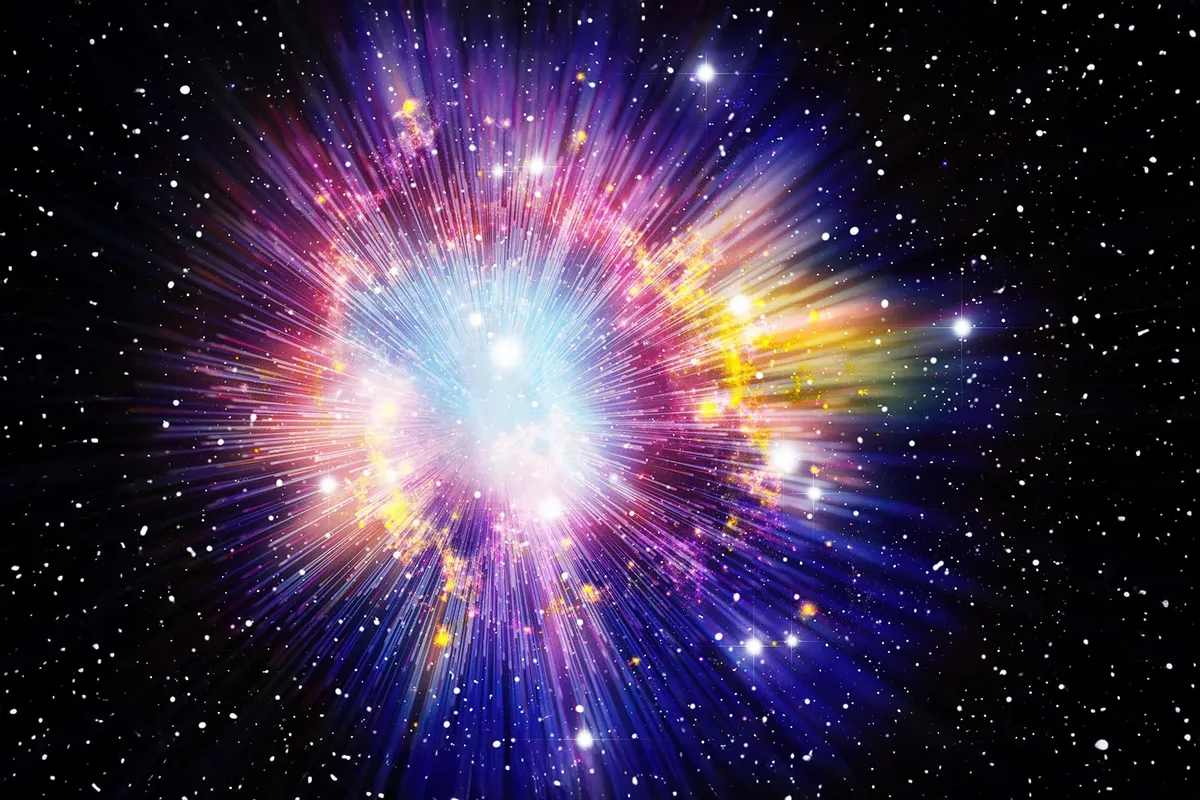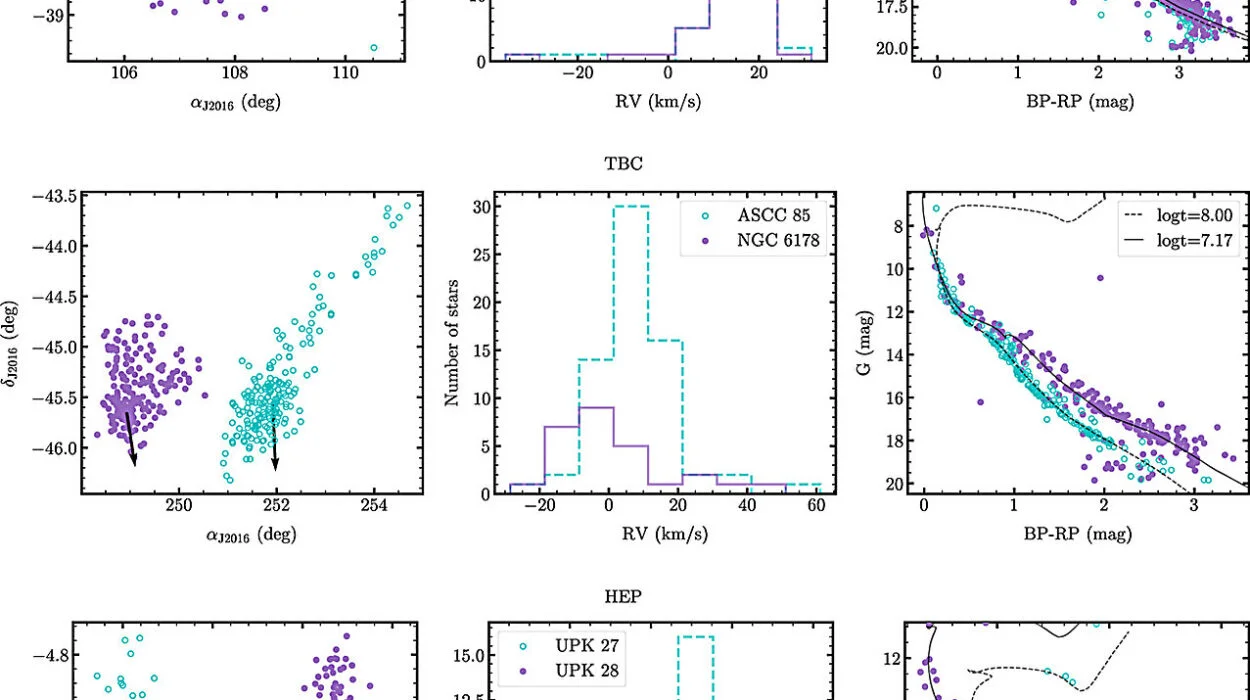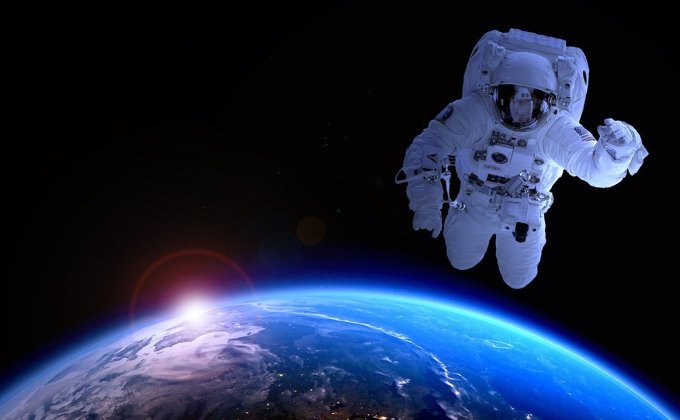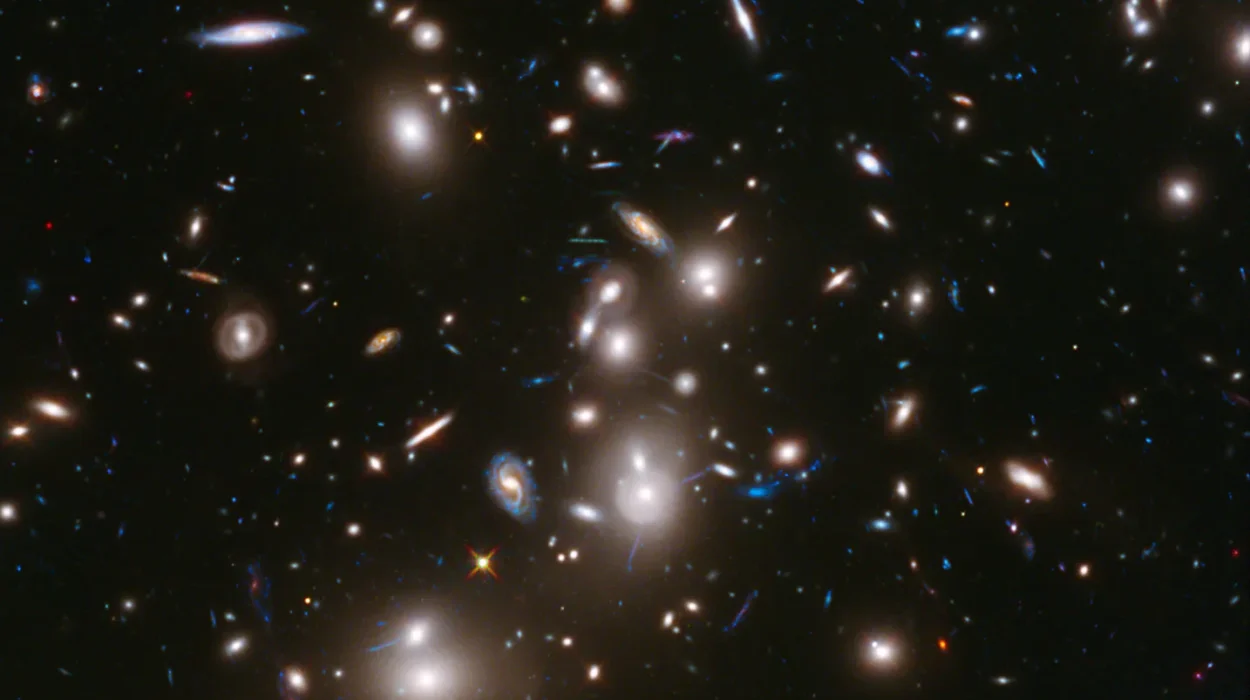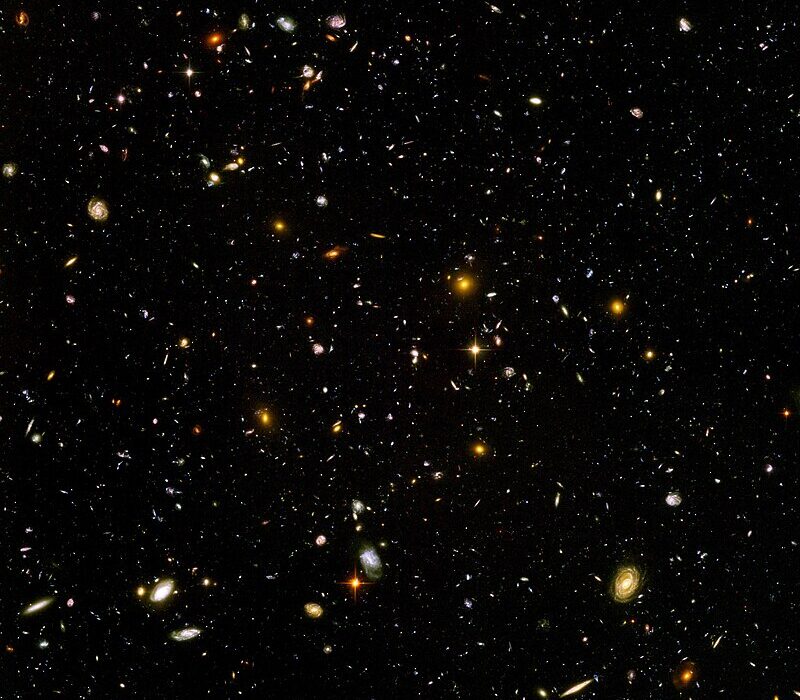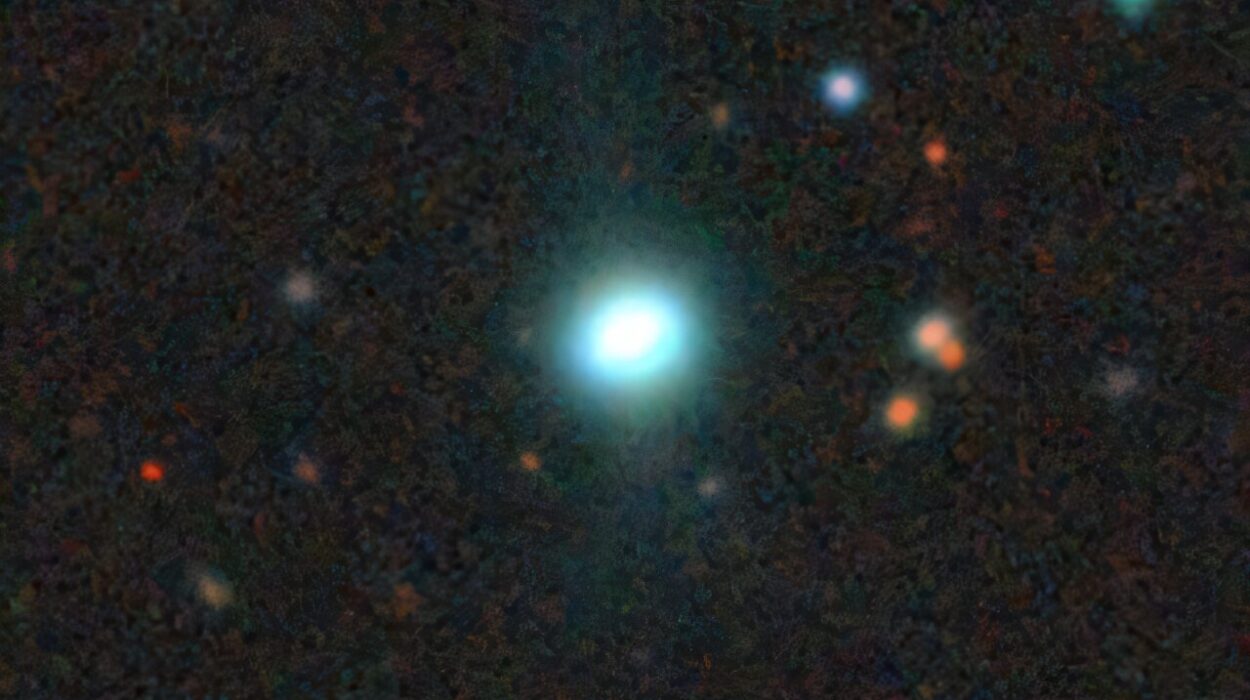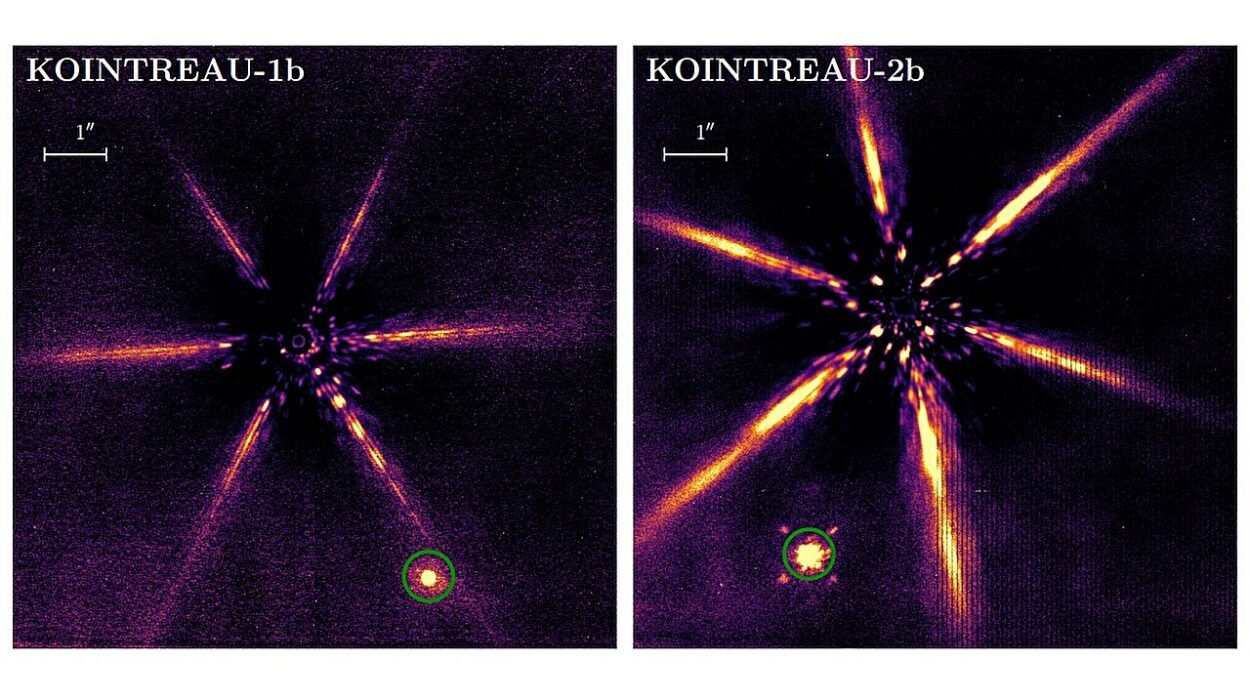Have you ever looked up at the stars and wondered where it all came from? Where the planets, stars, galaxies, even the space between them originated? Or even deeper—where time itself began? These questions have fascinated human beings for thousands of years. From ancient mythologies to cutting-edge physics, people have tried to explain the origin of the universe. Today, the most widely accepted scientific explanation is the Big Bang Theory. But despite its fame, the Big Bang is often misunderstood. Was it an explosion? What banged? Where did it happen? And what came before?
This article is a journey through the heart of the Big Bang Theory, explained in clear and engaging language. We’ll explore what scientists believe happened at the beginning of time, how we know it, and what mysteries still remain. So buckle up—you’re about to travel back 13.8 billion years.
What is the Big Bang Theory?
At its core, the Big Bang Theory is the idea that the universe began as an incredibly hot, dense point about 13.8 billion years ago, and has been expanding ever since. It wasn’t a “bang” in the conventional sense—not like a bomb going off in space—but more like space itself stretching and unfolding, carrying matter and energy outward in all directions.
Think of it this way: imagine you’re inflating a balloon. The surface of the balloon represents the universe. As you blow air into it, the balloon expands, and any dots on its surface move away from each other. The Big Bang was like the moment you began blowing into the balloon—except in this case, it wasn’t just the matter that expanded, but space itself.
This expanding universe means that everything—galaxies, stars, planets, even the atoms that make up your body—came from this initial dense state. But how did scientists come to believe this incredible story?
A Static Universe? Einstein Thought So
The journey to the Big Bang Theory began in the early 20th century, with the development of Albert Einstein’s theory of general relativity. This theory describes how gravity works not as a force between masses, but as the warping of space and time by mass and energy.
When Einstein applied his equations to the entire universe, he found something strange: the equations seemed to suggest that the universe should be expanding or contracting. But at the time, most scientists—including Einstein himself—believed the universe was static and unchanging. So Einstein added a “fudge factor” to his equations, called the cosmological constant, to keep the universe still.
Years later, Einstein would call this the biggest mistake of his career.
Hubble’s Breakthrough: The Universe Is Expanding
In the 1920s, astronomer Edwin Hubble made a groundbreaking discovery. By observing distant galaxies, he found that their light was shifted toward the red end of the spectrum—a phenomenon known as redshift. This redshift indicated that the galaxies were moving away from us, and the farther away a galaxy was, the faster it seemed to be receding.
This could only mean one thing: the universe was expanding.
Hubble’s discovery confirmed what Einstein’s original equations had suggested. The universe wasn’t static; it was growing. And if it’s expanding now, then long ago it must have been smaller, denser, and hotter. This realization set the stage for the Big Bang Theory.
The Universe as a Time Machine
One of the most fascinating things about astronomy is that it lets us look into the past. Light travels at a finite speed—about 299,792 kilometers per second (186,000 miles per second). That means when you look at the Moon, you see it as it was about 1.3 seconds ago. When you look at the Sun, you’re seeing it as it was 8 minutes ago. And when we observe galaxies billions of light-years away, we’re seeing them as they were billions of years ago.
By peering deeper into space, astronomers can actually watch the history of the universe unfold. The further we look, the younger the universe appears. Eventually, we reach a point where we can detect the faint afterglow of the Big Bang itself.
Cosmic Microwave Background: The Echo of Creation
In 1965, two scientists named Arno Penzias and Robert Wilson were working with a large radio antenna when they stumbled upon a mysterious noise—microwave radiation that seemed to come from every direction in space. At first, they thought it might be a technical glitch or even interference from pigeon droppings in the antenna. But no matter what they did, the signal wouldn’t go away.
Unbeknownst to them, other physicists had predicted this radiation years earlier as the leftover heat from the Big Bang. What Penzias and Wilson had discovered was the Cosmic Microwave Background (CMB)—a faint, cold glow that fills the entire universe. This radiation is a snapshot of the universe when it was just 380,000 years old, still hot and dense, but cool enough for atoms to form and light to travel freely.
The CMB is one of the most important pieces of evidence for the Big Bang Theory. It tells us that the universe had a beginning, and it gives us a direct view of the infant cosmos.
How the Universe Evolved
From that fiery beginning, the universe has undergone an extraordinary transformation. In the first tiny fraction of a second—less than a trillionth of a second—it experienced a period of inflation, an incredibly rapid expansion that smoothed out any irregularities and set the stage for the cosmos we know today.
As the universe cooled, matter and energy interacted to form the first subatomic particles: quarks, electrons, and neutrinos. Quarks combined to form protons and neutrons. After a few minutes, these particles fused into the first atomic nuclei—mostly hydrogen and helium. This is known as Big Bang nucleosynthesis.
But atoms couldn’t fully form until the universe cooled further. About 380,000 years later, electrons finally slowed down enough to combine with nuclei and form neutral atoms. This moment, called recombination, allowed light to travel freely for the first time—creating the cosmic microwave background we detect today.
Over billions of years, gravity pulled matter together, forming stars, galaxies, and eventually planets. From the tiniest particles to the grandest galaxies, everything came from that original burst of creation.
What About the “Bang”?
The term “Big Bang” might be a bit misleading. It wasn’t an explosion in space; it was an expansion of space. There was no center to the Big Bang, and there was no “outside” it was expanding into. Space and time themselves were born in that moment.
If you find that confusing, you’re not alone. Our everyday experiences don’t prepare us to understand events like the Big Bang. We’re used to things happening in time and in space. But the Big Bang created both. Before it, there was no time. No space. No “before.”
This is why physicists often say that asking what came before the Big Bang is like asking what’s north of the North Pole. It’s not just unknown—it’s meaningless in the context of our universe.
Dark Energy and the Accelerating Universe
For decades, scientists thought the universe’s expansion might be slowing down due to gravity. But in the late 1990s, observations of distant supernovae revealed something shocking: the expansion of the universe is actually speeding up.
This discovery led to the idea of dark energy, a mysterious force that makes up about 70% of the universe and appears to be driving this accelerated expansion. No one knows exactly what dark energy is, but its existence is one of the most significant puzzles in modern cosmology.
This accelerated expansion also has implications for the universe’s future. If it continues, galaxies will drift farther apart, and the universe will grow colder and darker—a scenario sometimes called the “heat death” of the universe.
What Came Before the Big Bang?
One of the biggest unanswered questions in cosmology is: what came before the Big Bang? Did something exist? Was there another universe? Could our universe be one of many?
Some theories suggest the universe goes through cycles of expansion and contraction—a cosmic bounce rather than a singular beginning. Others propose a multiverse, where our universe is just one bubble in a vast foam of universes. There are even models based on quantum gravity and string theory that aim to describe the birth of the universe without invoking a singular point.
But for now, these ideas remain speculative. The Big Bang Theory explains everything after time began—but the moment of creation itself, and what (if anything) preceded it, remains one of science’s greatest mysteries.
The Big Bang in Everyday Life
Though it may seem distant and abstract, the Big Bang touches our lives in profound ways. Every atom in your body, every molecule in the air, every drop of water—was forged in the aftermath of the Big Bang and inside the hearts of stars.
The carbon in your cells, the oxygen you breathe, the iron in your blood—all were created in stars that lived and died long before our Sun was born. When those stars exploded, they scattered the elements of life across the galaxy. You are literally made of stardust, a direct descendant of the Big Bang.
Our ability to send satellites into orbit, build smartphones, harness nuclear energy, or scan your brain with MRI machines all rely on an understanding of physics born from studying the cosmos.
The story of the Big Bang is your story. It is the story of how everything came to be.
What We Still Don’t Know
The Big Bang Theory is supported by a mountain of evidence, from the cosmic microwave background to the abundance of light elements and the expansion of space. Yet many questions remain.
What is dark matter, the invisible substance that holds galaxies together? What is dark energy, the mysterious force accelerating the universe’s expansion? What triggered inflation, and what is the quantum nature of the Big Bang?
Physicists are working to unite general relativity and quantum mechanics into a single theory of everything—a “quantum gravity” theory that might unlock the secrets of the earliest moments of the universe. Experiments like those at the Large Hadron Collider and the James Webb Space Telescope are pushing the boundaries of what we know.
The Big Bang Theory may not be the final word, but it’s the best model we have so far. And every new discovery brings us closer to answering the most profound questions of existence.
Conclusion: A Universe of Wonder
The Big Bang Theory isn’t just a scientific explanation—it’s a cosmic origin story. It tells us that the universe had a beginning, that it has evolved over billions of years, and that we are part of that unfolding story.
It’s a tale of fire and light, of stars and galaxies, of atoms and life. It connects us to the deepest laws of nature and the farthest reaches of time and space. And though it answers many questions, it also invites more: Where did it all come from? What lies beyond? Are we alone?
As long as humans look up at the night sky and wonder, the story of the Big Bang will continue to evolve—expanding, like the universe itself, with every question we dare to ask.
